8 Science-Based Strategies For Critical Thinking
The development of beliefs based on critical reasoning and quality data is much closer to a science-based approach to critical thinking.
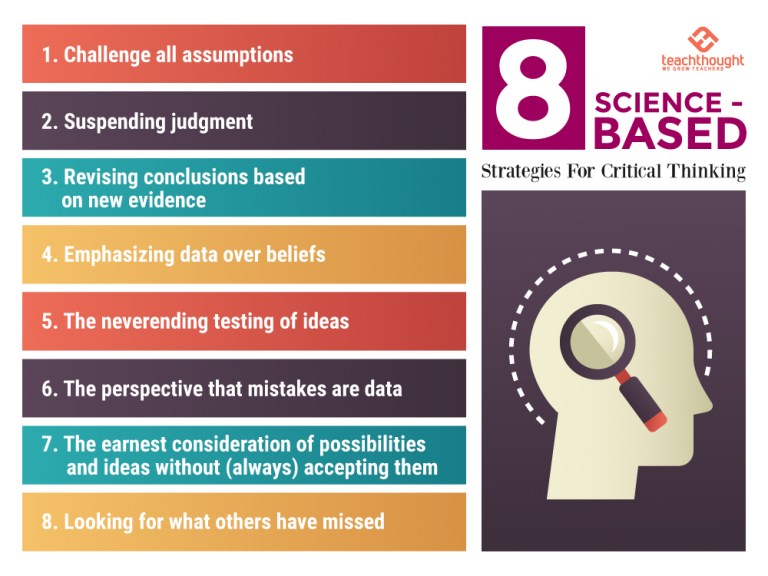
The development of beliefs based on critical reasoning and quality data is much closer to a science-based approach to critical thinking.
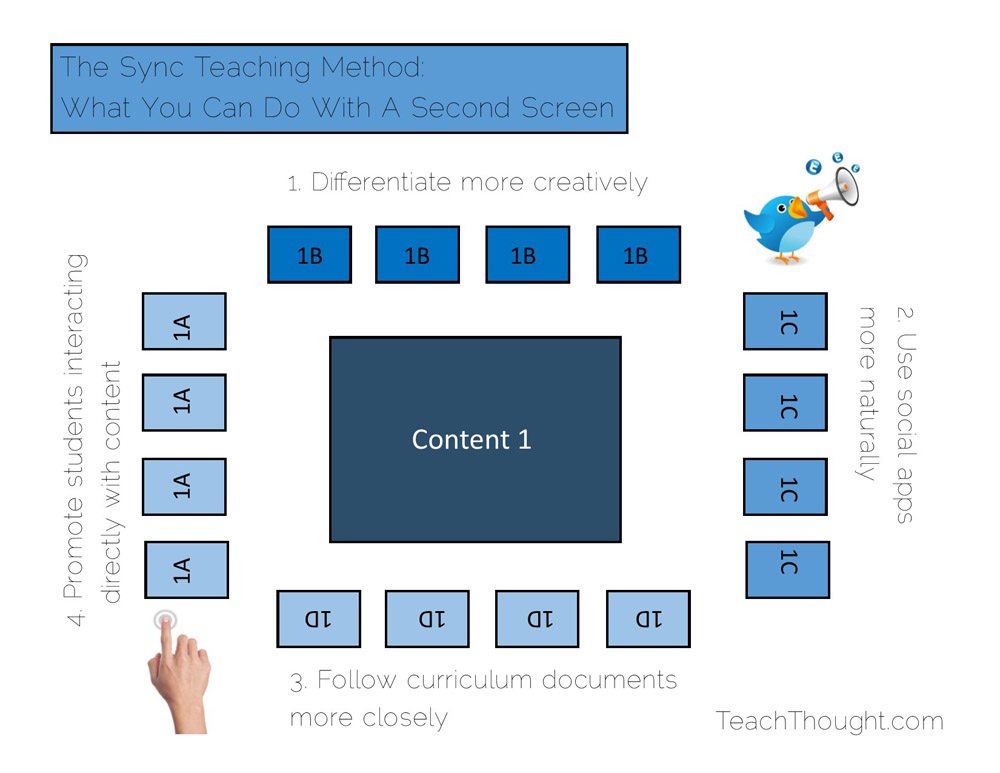
Second screen learning provides access to personalized content while the teacher guides the lesson. This is the Sync Teaching Method.
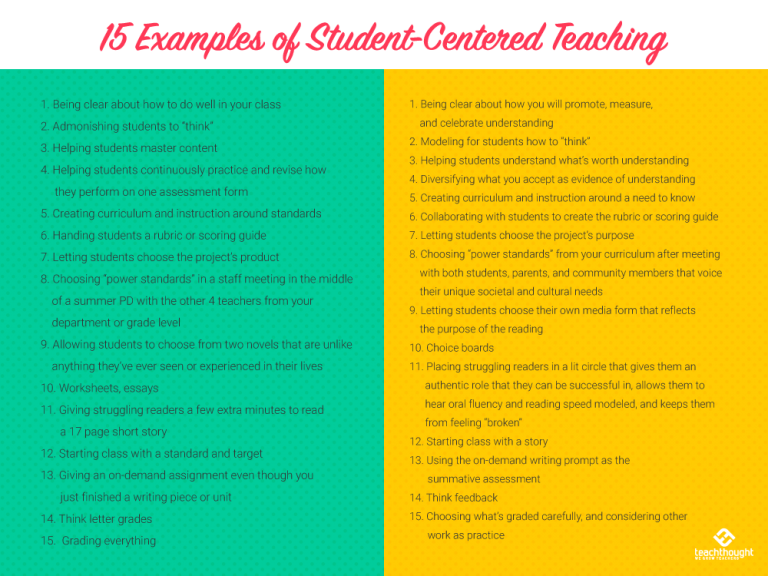
Student-centered teaching is simply the process of teaching with student needs ‘first.’ Here are 15 examples of student-centered teaching.
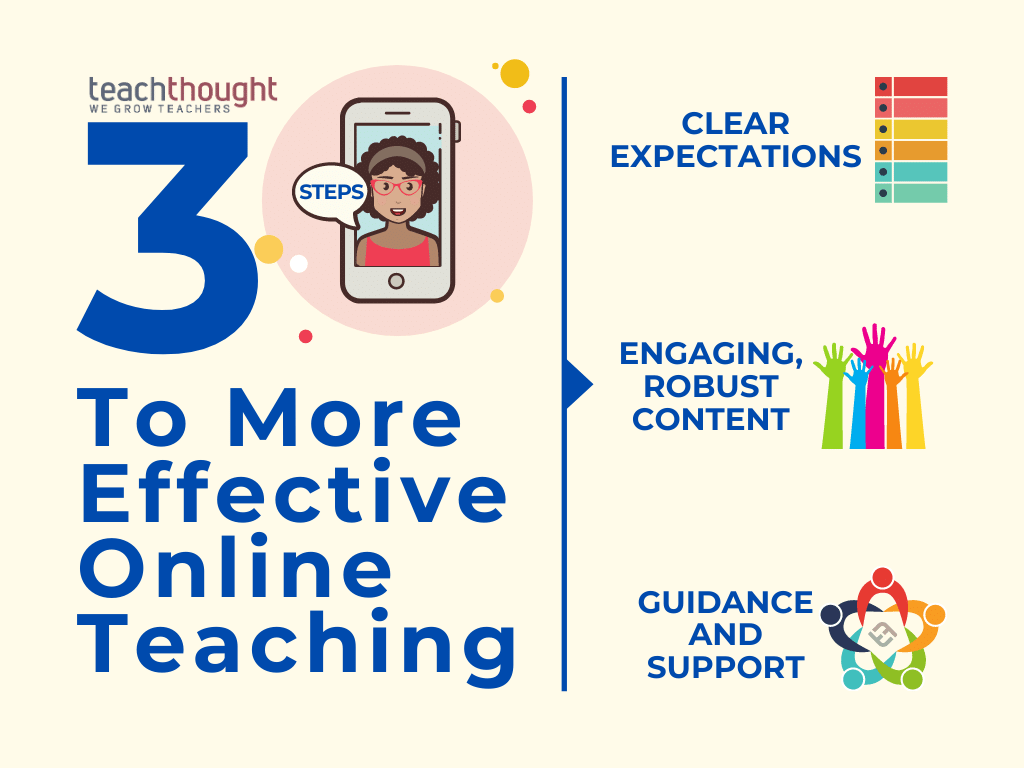
Consider including social-emotional learning strategies in your routines and practices for students for effective online teaching.
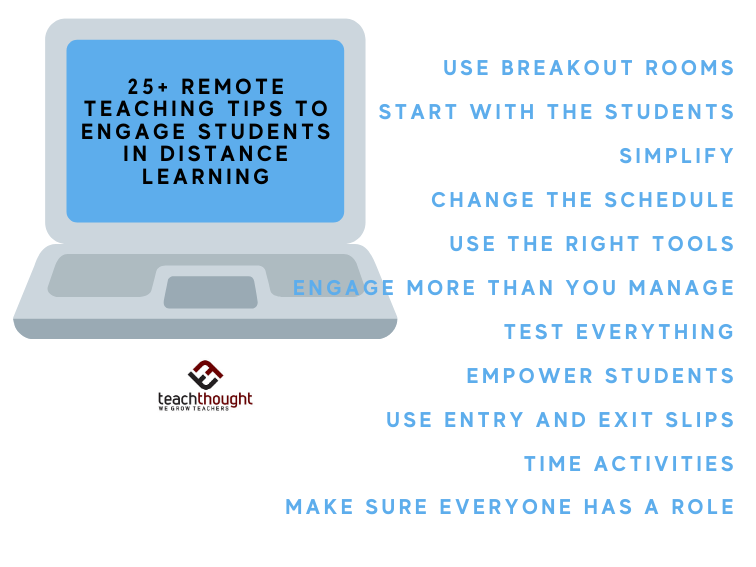
Don’t get distracted that everything is ‘different.’ Start with the student and their needs and the unique opportunities in front of them.
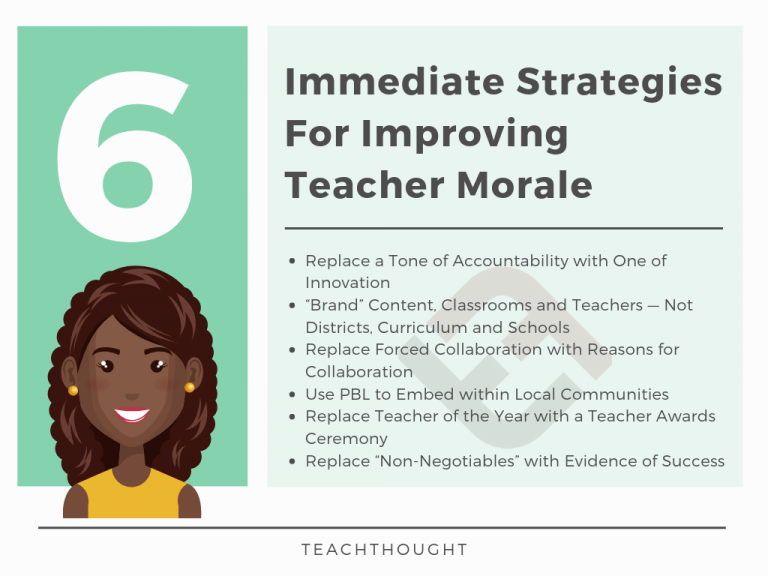
Rediscovering the human elements of teaching and learning is among the most powerful strategies for improving teacher morale.
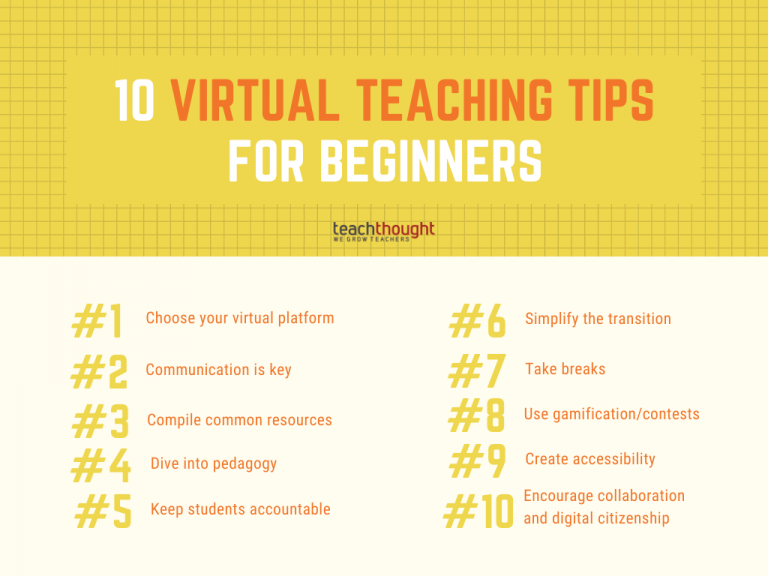
Virtual teaching tips aren’t much different than standard tips. Ultimately, it all boils down to prioritizing, simplifying & communication.
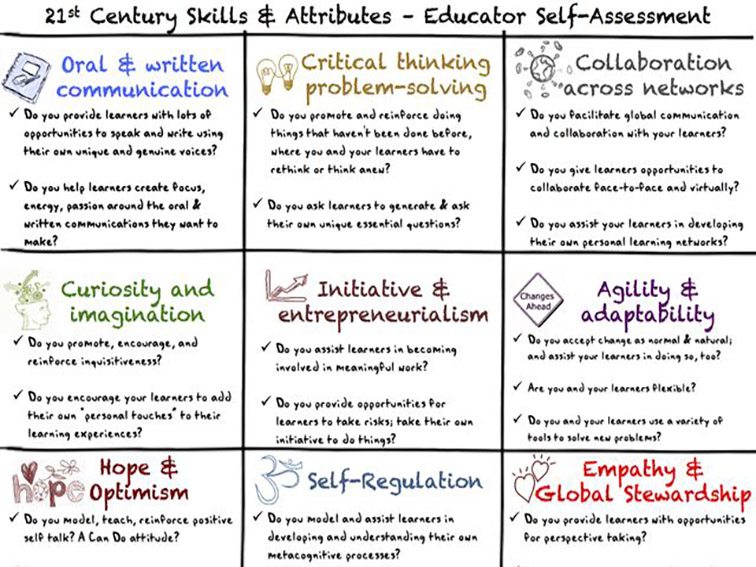
Gerstein’s Self-Assessment includes questions to evaluate your teaching, like “Do you help learners develop steps to achieve their dreams?”
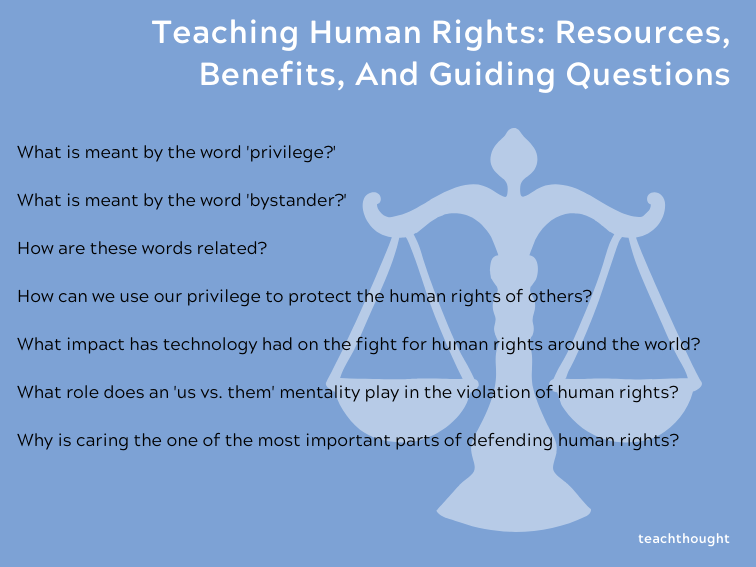
The right questions and resources for teaching human rights can help create more inclusive environments for the next generation of learners.

Student-centered teaching is teaching designed for the student. Done well, it can disarm some of the more intimidating parts of academia.
Just as a teacher has to create conditions that support and encourage student success, school districts have to support teachers’ PD.

By definition, learning is social in nature. Using different mediums, whether it be books, discussions, technology, we study and make meaning together.